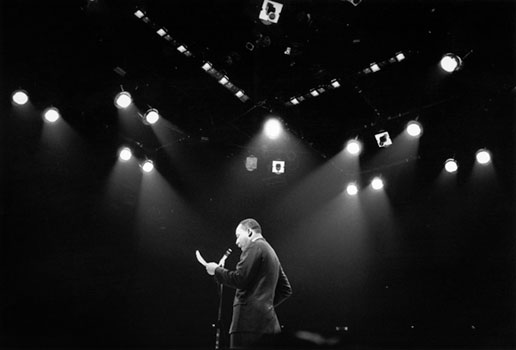
For those of us who experienced the turmoil of 1968 first-hand, the intervening four decades have only proven what we sensed at the time: that it was an extraordinary and unrepeatable time when the world was being remade and those of us in our twenties suddenly became participants in history. I was then in my third year at the University of Paris' School of Oriental and African Studies, living in a cavernous, dilapidated ground-floor apartment on Rue des Saints Pères in Saint- Germain-des-Près, which had a untended and overgrown garden in the back, no heat or hot water, and cost $90 a month. In the adjacent garden flat separated by a stone wall lived the French singer-songwriter-actor Serge Gainsbourg and his new wife, the British pop diva Jane Birkin. The writer and filmmaker Marguaritte Duras, author of Hiroshima Mon Amour, lived around the corner.
And plenty was happening: the Têt Offensive in Vietnam, anti-war demonstrations in America and around the world, escalating upheaval in Mao's China, the brutal Soviet repression of the Prague Spring, and bloody protests in Mexico City and elsewhere. The world was in flux, but the sense of optimism and innocence that had characterized the decade until that point was slipping away. Instead, there came an encroaching sense of violence. If I had to put my finger on a single defining moment of 1968, it would have to be the assassination on April 4 of one of the generation's most inspirational figures, Dr. Martin Luther King, Jr. It was King's "I have a dream" speech five years earlier that gave voice to the era's possibility of peaceful transformation, and it was his death at the age of thirty-nine that put an end to it. The assassination of Bobby Kennedy, a lifeline back to Camelot, on June 6, five years after the killing of his brother, JFK, would drive the point home: Flower Power was dead. And like the rest of us back then, they were participants in it, too. |
